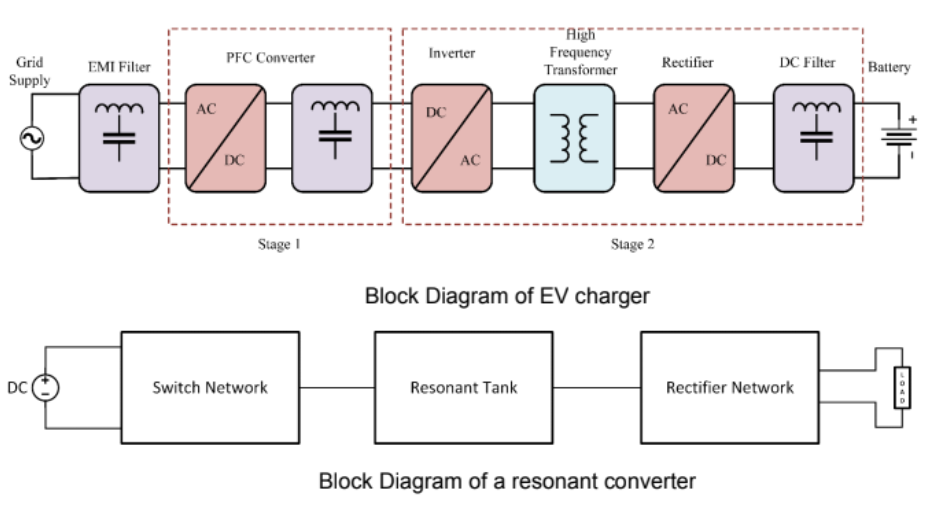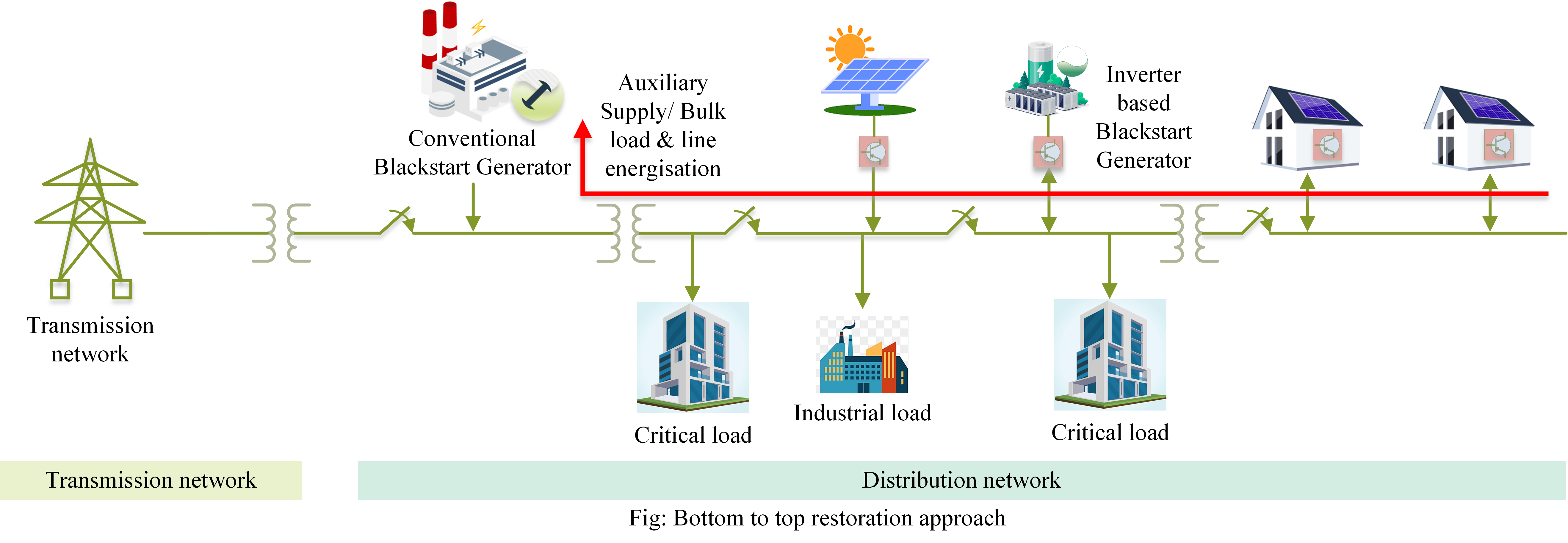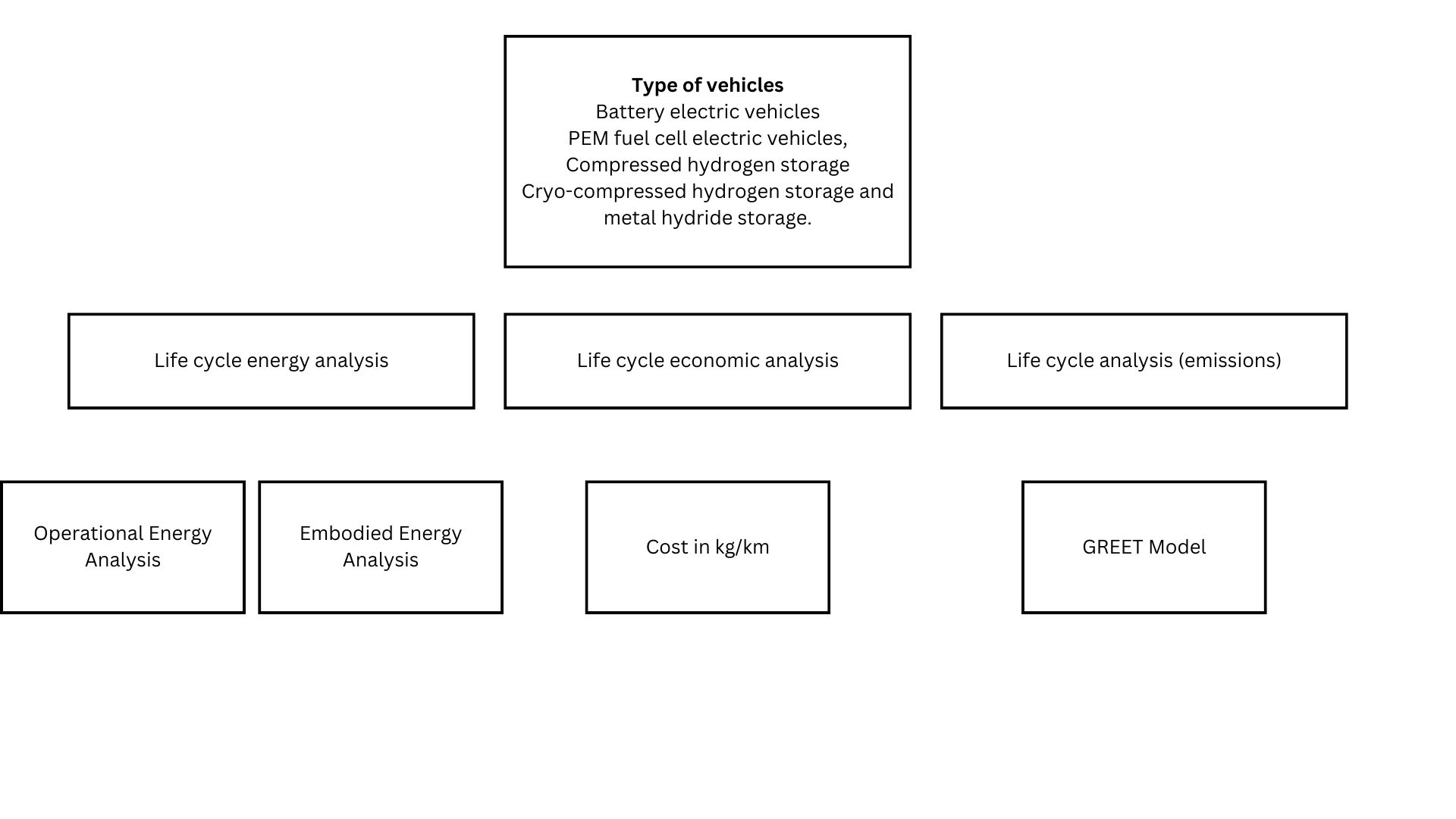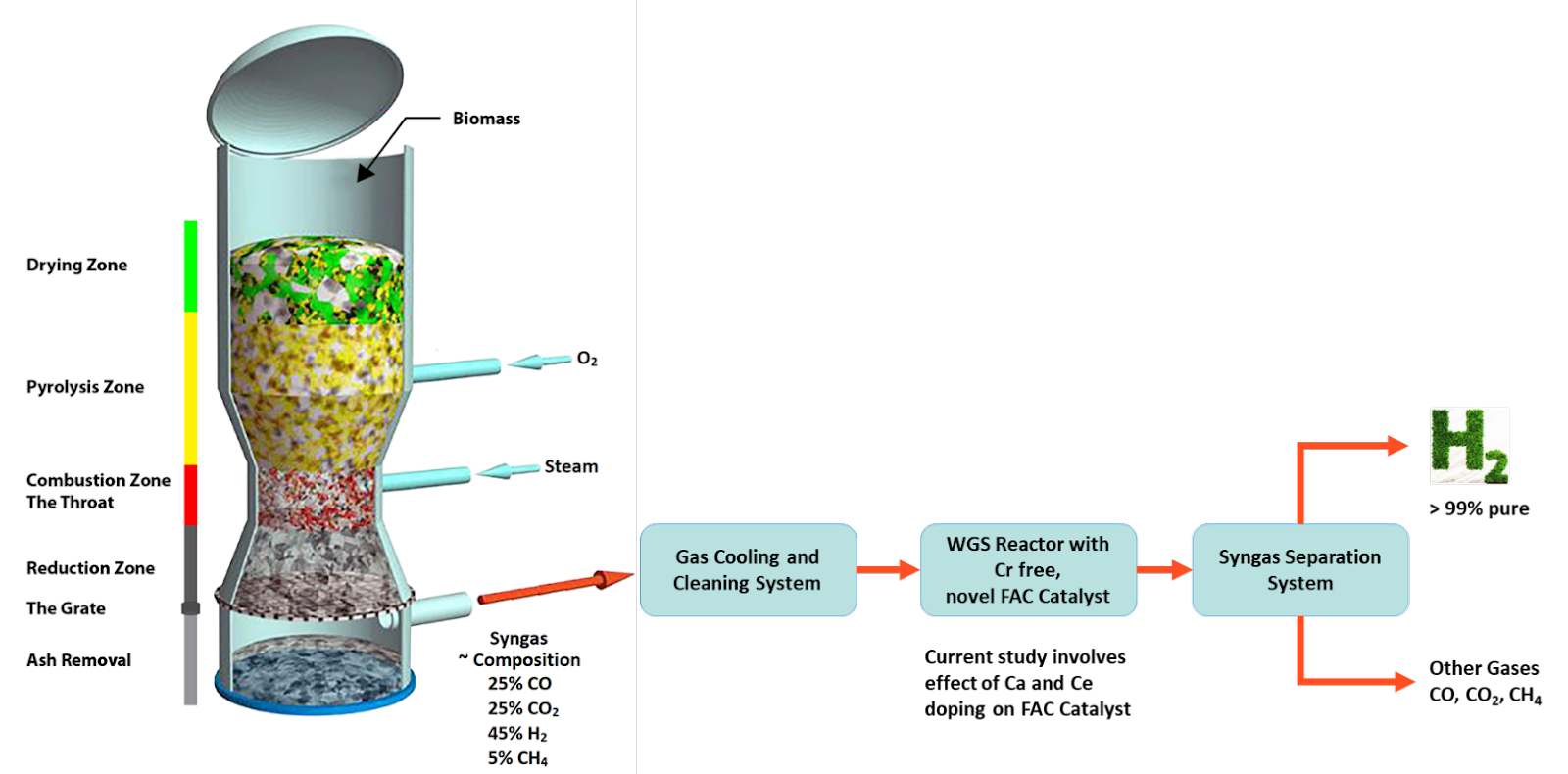
Keywords: Producer gas, Flameless Combustion, Premixed Burner, CFD, Ultra-low NOx emissions

Keywords: Battery Thermal Management, Equivalent Circuit Model, Heat Generation rate, CFD analysis
In the present study, the co-pelletisation of biomass and plastic wastes has been investigated. Poor adhesion between biomass and plastics necessitates the use of additional binders or preheating of the feeds. Hence, in the present study, wheat flour has been used as a binder and the plastic content in the feed was changed from 0 to 30 % with a step of 5 %. The influence of plastic addition on the pelletisation performance parameters has been analysed. The increase in feed plastic content adversely affected pellet durability and hardness. However, favourable pelletisation was obtained up to feed plastic content of 25 % such that durability and hardness values were greater than 96 % and 22 kgf, respectively. The calculated and measured pellet gross calorific values were also in close agreement.
Keywords: Biomass; Plastic wastes, Co-pelletisation

Keywords: Thermal Energy Storage (TES), Thermocline, Hydrodynamic Instability, Viscous Stratification, Thermal Disturbance
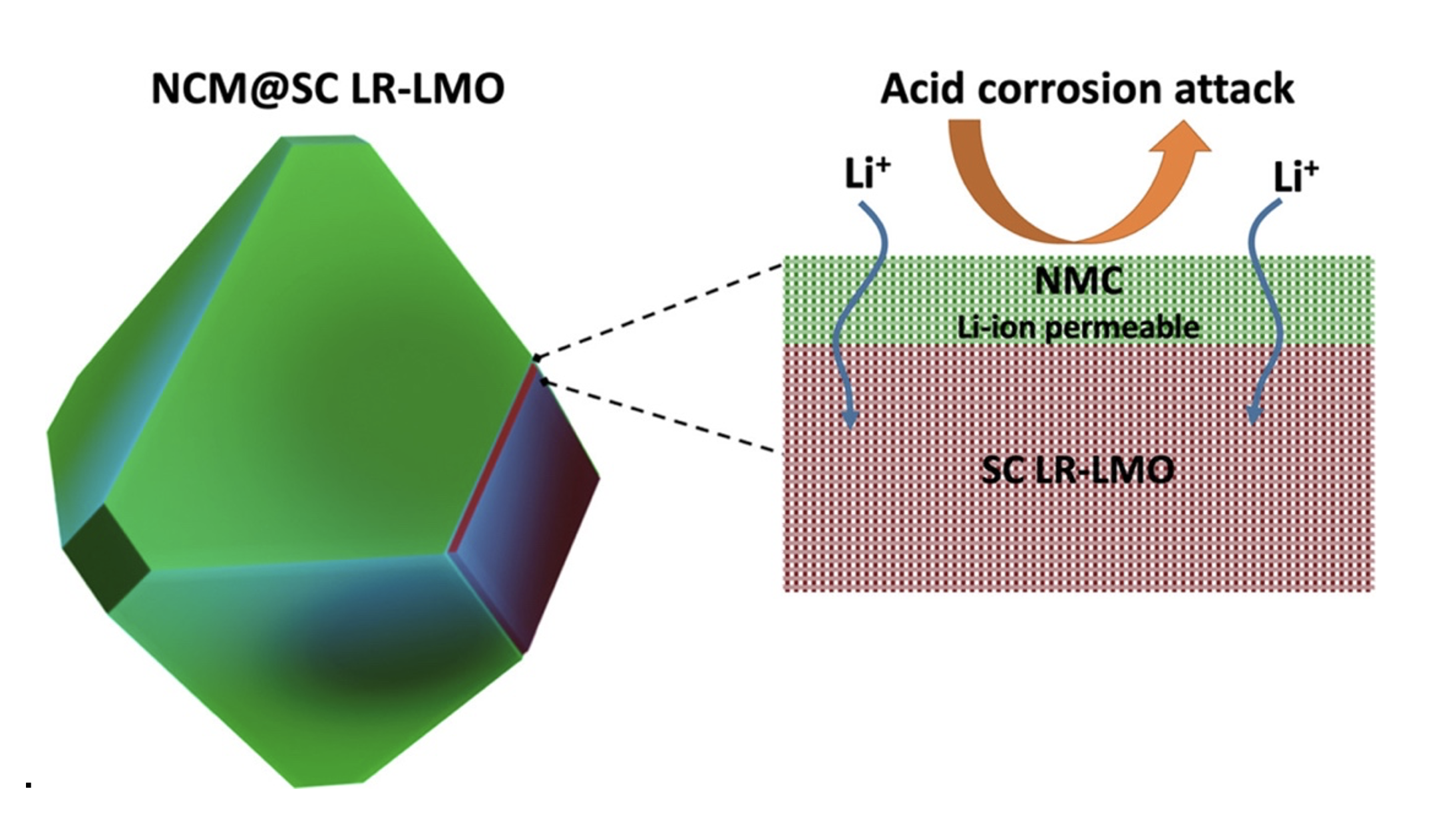
Herein, we report a novel heterostructure design; NMC layered Li-ion permeable phase grown on the Lithium-rich LiMn2O4 octahedra surface that protects the host spinel from being directly exposed to the acidic electrolyte during electrochemical cycling. In addition, it provides an efficient path for the ionic and electronic mobility resulting in improved kinetics due to its Li-ion permeability. The excess Li in LMO contributes to the structural enhancement during cycling to accommodate anisotropic volume changes, thus resulting in a robust cathode for high-voltage Li-ion batteries. The uniquely developed LiMn2O4 phase surface coated with layered structure demonstrated discharge capacity of 120 mA h g-1 at 20 °C temperature while retaining >97% of its initial capacity after 300 cycles at 0.5C. Further, The cathode was tested at 60 °C in half-cell format along with full cell testing against MCMB anode.
Keywords: Li-ion permeable robust coating; single crystal LR-LMO cathode; low-strain; lattice matching concept; manganese dissolution; high temperature study

To accurately predict ReSOC performance, a fast and efficient quasi-2-D cell model has been developed using Python. This model can simulate both modes of operation and predict local variations of cell variables. It can incorporate both humidified hydrogen and carbonaceous gases as fuels, providing insights into performance under both isothermal and non-isothermal conditions. This predictive capability is invaluable for designing and optimizing ReSOC systems for real-world applications.
Keywords: Reversible solid oxide cell (ReSOC), Round-trip efficiency, Fuel Cells, Electrolysis, Thermoneutral Voltage, Cell Modelling
Keywords: Polyaniline-coated carbon cloth, Sulfur host, Cycle life, Free standing cathode, Catholyte

This relationship involves increasing the contact area in the direction of flow to ensure uniform heat transfer from all batteries. Aluminum strip between battery and the coolant channel is introduced for providing the varying contact area. The study compares the effectiveness of straight and serpentine coolant flow channels. Results show a 74% improvement in thermal uniformity with straight channels and a 71.7% improvement with serpentine channels.
Keywords: Battery Thermal Management System, Li-ion Battery, Liquid Cooling, Electric Vehicle(EV), Variable Contact Area

Keywords: Biomass, Hydrogen, Gasification, Syngas, Aspen plus
The Al-Mg alloy electrodeposition reported previously aimed at depositing powders and dendrites of Al-Mg with a higher percentage of Mg. The current work electrodeposition of Al-Mg alloys was deposited using chloride-based molten salt electrolyte system. A maximum of 3.50 wt. % of Mg was achieved using this electrolyte. To improve the morphology and Mg content in the deposit, an additive NaI was used. Addition of 2 % NaI was found to improve the conductivity of the electrolyte. Hence, it offered a wider range of current densities when compared to electrolyte without NaI for galvanostatic depositions. The use of NaI was found to improve the deposit morphology, composition and thickness.
Keywords: Al-Mg alloys, Morphology, Alloy composition






